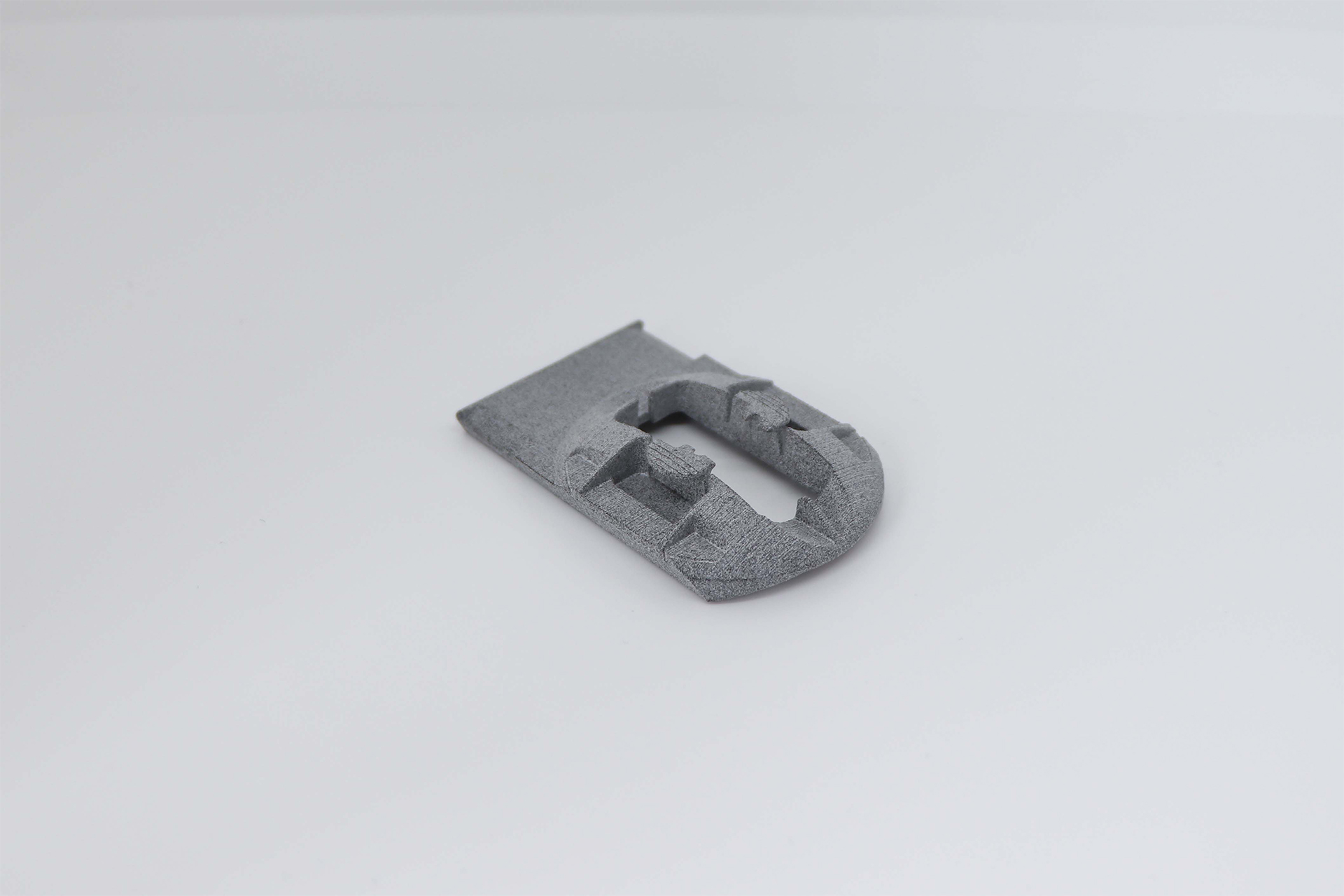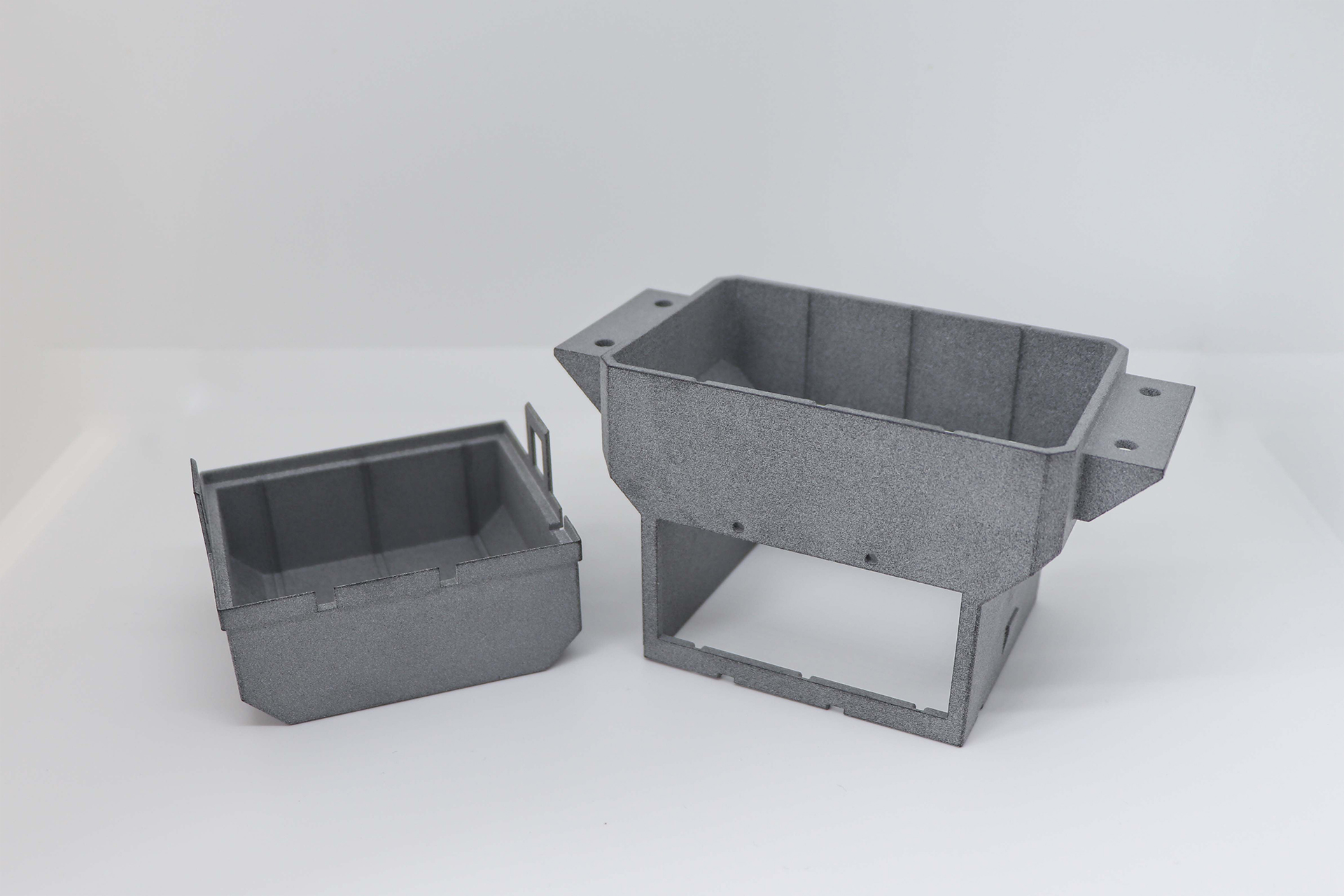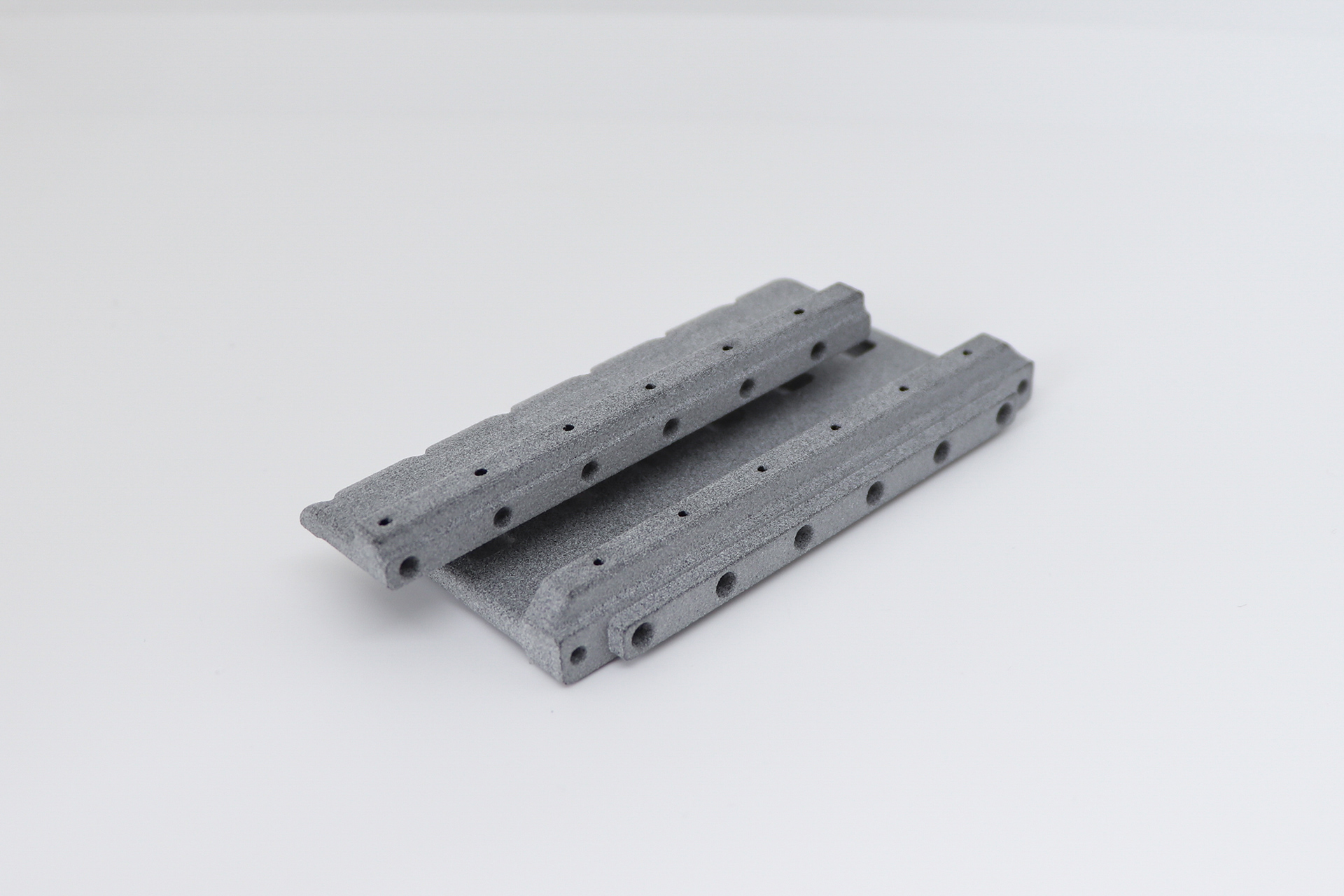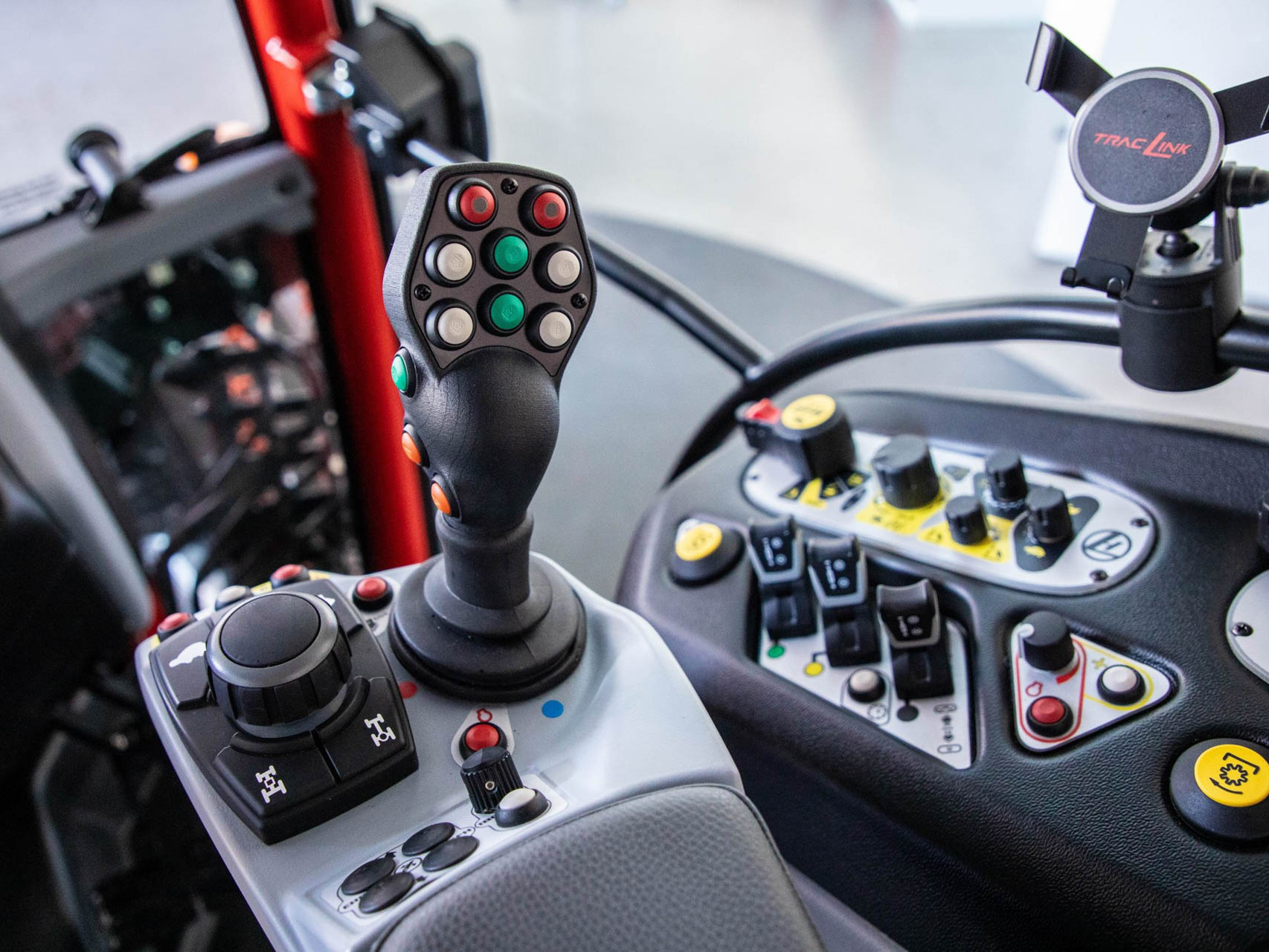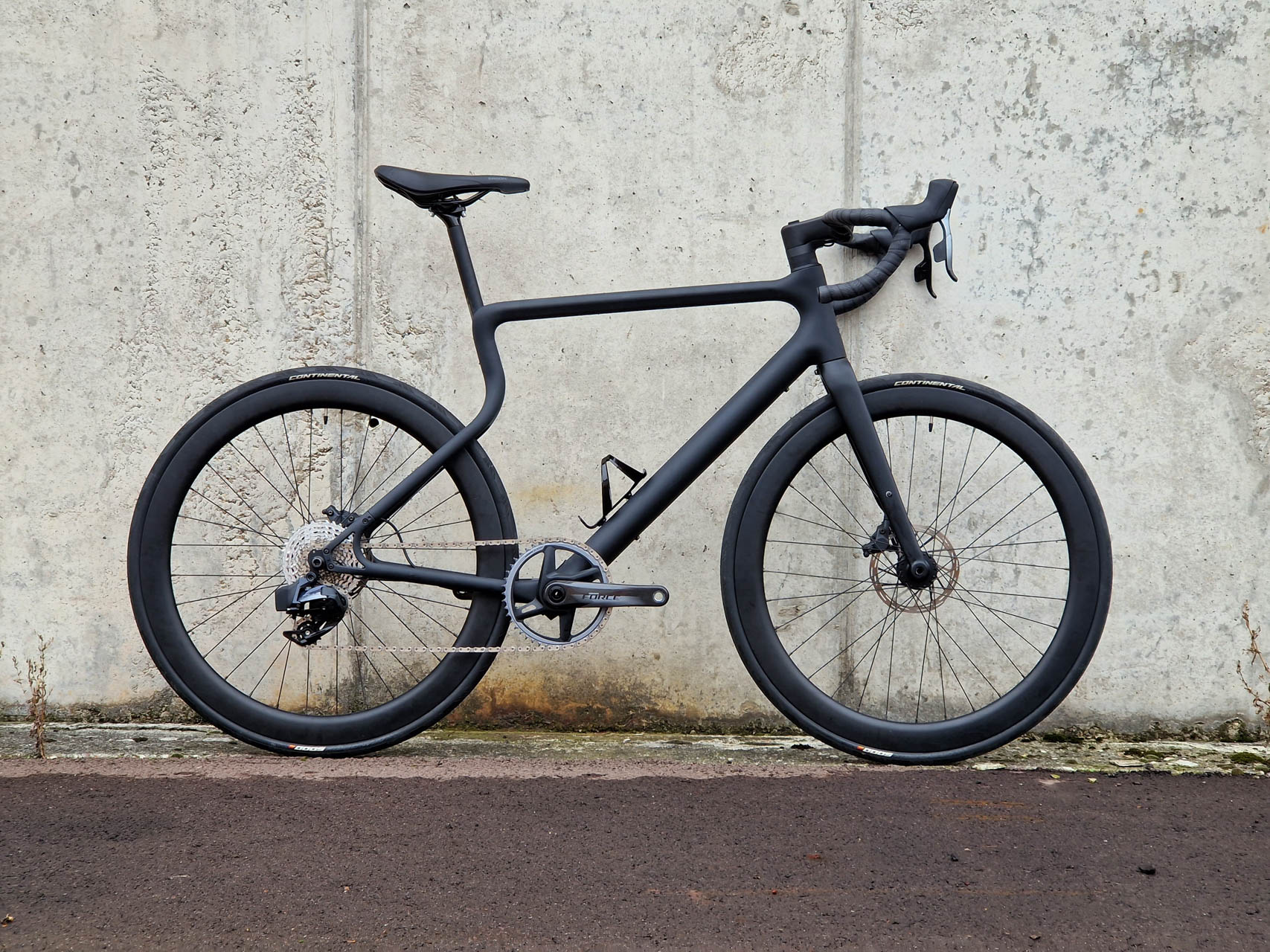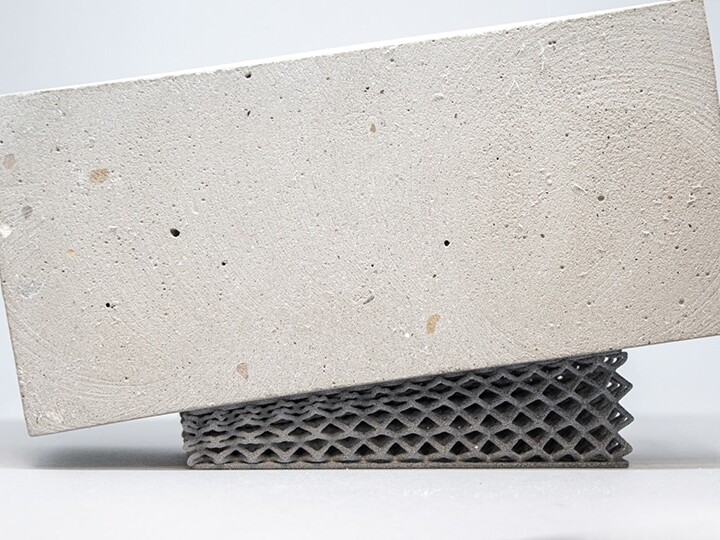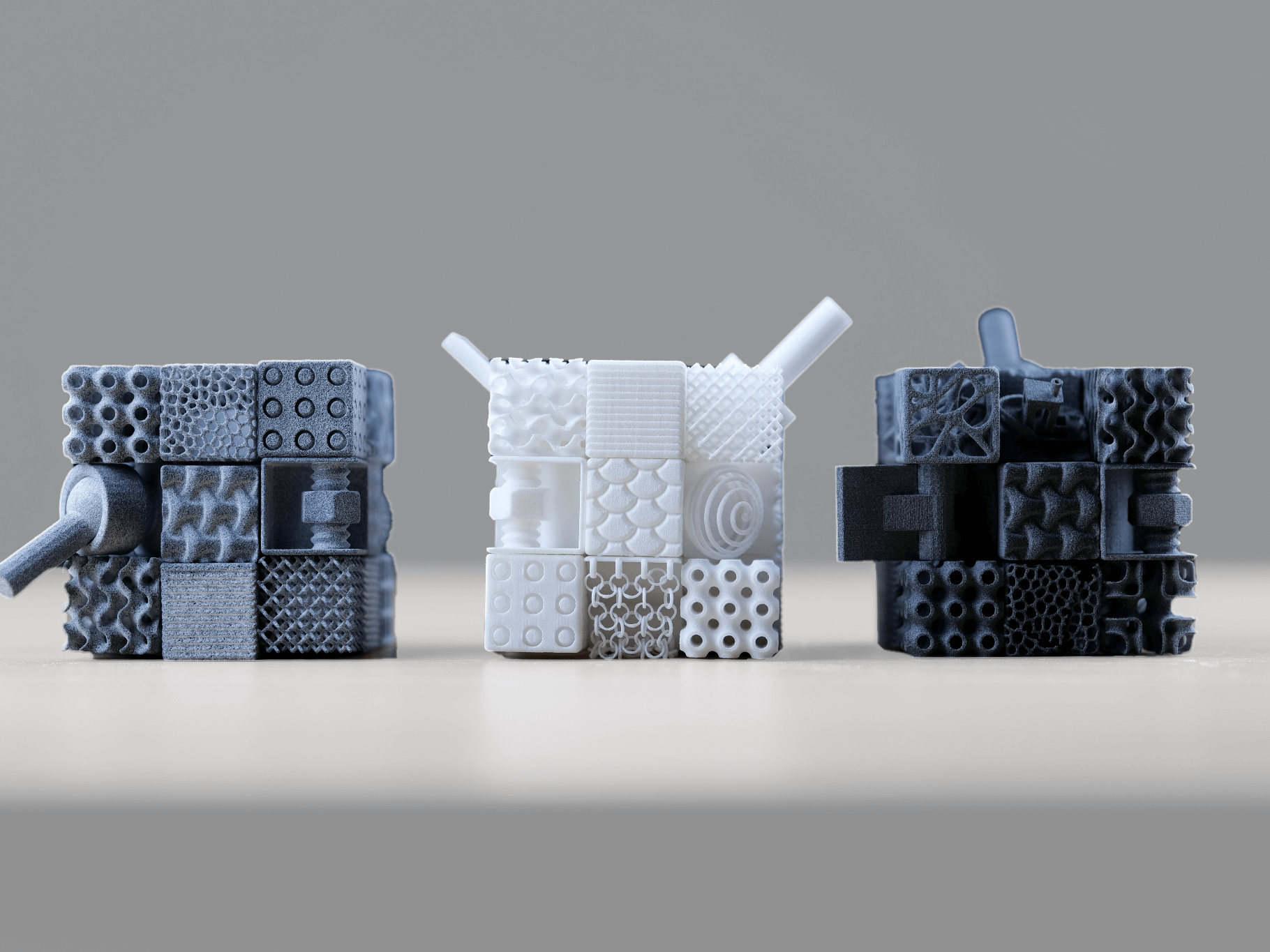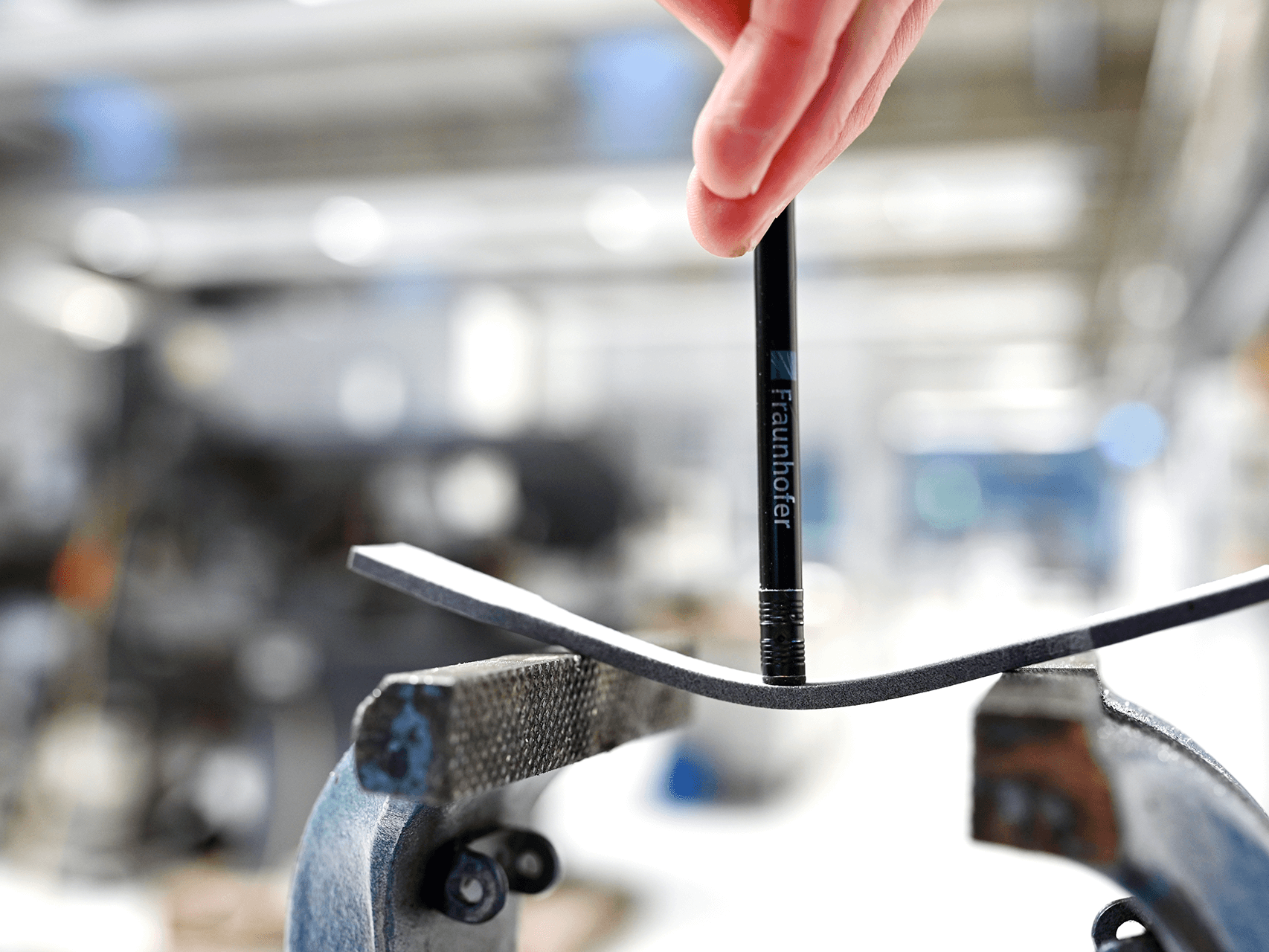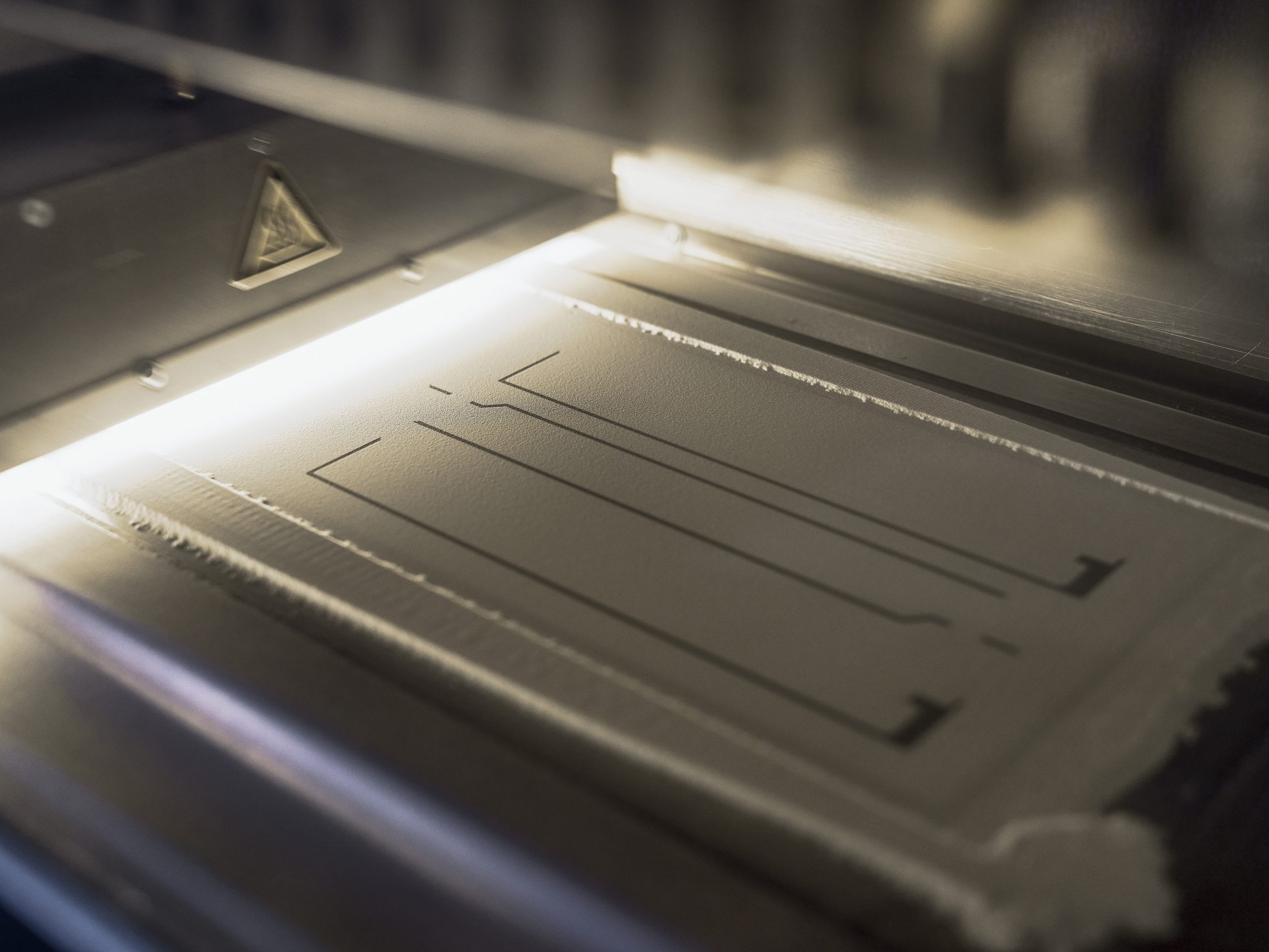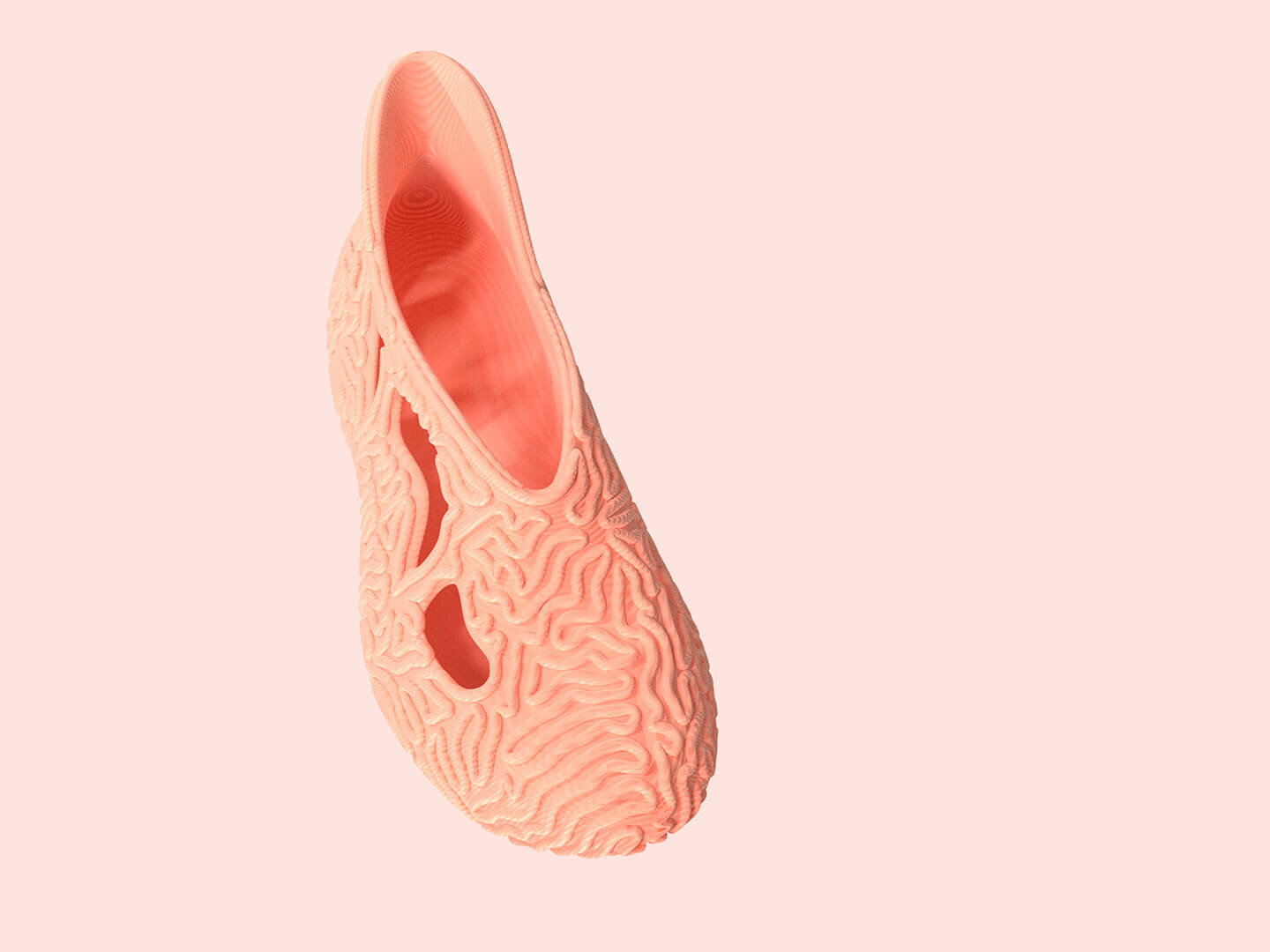- Home
- Case Studies
- Consumer Goods
- Polymer sintering in custom mechanical engineering
Polymer sinteringin custom mechanicalengineering
Our machines cannot yet print themselves. But on a smaller scale, prototypes printed on our own systems are being installed in them as well. And the trend is rising. An advantage that doesn’t require you to be a manufacturer of 3D printing systems to benefit from it.
In industrial machine engineering, one is often confronted with various challenges in the context of parts management. Particularly in a technology-driven environment characterized by short product and innovation cycles, smaller components whose critical importance only becomes apparent when they are not available are often missing during the development of new systems. Be it small brackets, connections or covers for machine components requiring protection. In the rarest of cases, the required component is ready when an initial machine prototype is being constructed.
Designing and placing orders for the production of such individual parts, e.g. via injection molding, often results in high tooling costs and long delivery times, since the production of an injection molding tool is usually only economically viable for quantities of several thousand or more. To avoid these delays and costs and to be able to execute projects according to schedule, additive manufacturing is particularly suitable.
High Speed Prototypes - Polymer Sintering Makes It Possible
The best way to illustrate the use of technology for mechanical engineering is to take an example from our own company. As a technology-driven machine builder, our engineers encounter the above-mentioned problems again and again. Especially in the development phase of new 3D printers, such as our VX1000 HSS.
During the development and assembly of the first machine batches, our technicians and engineers repeatedly identified smaller components whose usefulness was essential for the full functionality of the system and were ideally suited for polymer 3D printing. These included sensor holders, print head covers and waveguides. In principle, components of this type could also be produced by injection molding, but this would not have been economically viable due to the number of parts required. For the experienced engineer, such components can be quickly designed with CAD programs, exported to a printable stl file and manufactured in PA12 using high-speed sintering.
Our High Speed Sintering (HSS) technology is a polymer sintering process that is ideally suited for the production of these components. The data transfer to an HSS printing system is completed within minutes and the components can be ready for assembly the very next day. The material of choice for the components in this case was a classic polyamide 12 (PA12). Such responsiveness and flexibility is only possible via 3D printing. If the components do not fit exactly, or if potential for optimization becomes apparent during assembly, the data sets can be quickly adjusted and a batch of parts printed. The situation is similar should spare parts be needed.
It does not always need an own 3D printer
The advantage of using your own machines for such a purpose and having them in production just around the corner is obvious. But through our HSS on demand service, we can also offer such a service to our customers. Within a few days, the required components can be additively manufactured in PA12 in one of our HSS service centers and delivered globally. This results in enormous time and cost advantages compared to the conventional injection molding process. Advantages that offer a decisive competitive edge, especially in an industrial and innovation-driven environment.
Part prices start at €4 and are adjusted according to complexity and size.
More Case Studies
3d printed joysticks for tractors and machines
For Lindner Traktorenwerke, 3D printing is already an alternative to injection molding. For example, for customized joysticks and control elements for their tractors.
URWAHN – 3D printing in bike manufacturing
To produce its e-bikes, URWAHN has focused on reshoring and lean management and is achieving these goals through additive manufacturing. Learn what role the voxeljet technology plays.
HSS Material Network – Proof of Concept TPU Launhardt
The HSS Material Network has published a new proof of concept. The TPU from the manufacturer Launhardt is one of the softest on the market.
Industrial Polymer 3D Printing Review: An extensive comparison of voxeljet HSS, HP MJF, and SLS
Whats the difference between HSS, MJF and SLS polymer 3D printing? Get to know the three main AM technologies for polymers in this extensive comparison.
HSS Material Network – Proof of Concept HDPE
Together with Fraunhofer IPA we have qualified the polymer HDPE for additive manufacturing within our HSS Material Network.
HP Multi Jet Fusion and voxeljet High Speed Sintering in comparison
The 3D printing processes MJF and HSS in comparison: Where are the differences and advantages for users?
3D printing for the perfect sneaker
How polymer high speed sintering (HSS) can be used to develop the perfect 3D printed shoe.
Industrial 3D Printing Systems
Our portfolio of industrial 3D printers ranges from compact systems for research to additive mass production.



















